Building a Career Where Success Meets Satisfaction
Insights from Myrrh Caplan, Skanska’s U.S. vice president of sustainability, on forging a path in development and construction.
In celebration of Women in Construction week (March 5 – 11), Commercial Property Executive spoke with Skanska’s U.S. Vice President of Sustainability, Myrrh Caplan, an industry veteran with 25 years of experience in the construction field. During this time, Caplan obtained multiple accreditations and numerous accolades recognizing her achievements in the industry. She is part of New York’s Local Law 97 Advisory committee, working in the Commercial Buildings Technologies and Pathways Working group to create sustainable code language and guide building owners through requirements.
Caplan is one of the women who, by their involvement in the real estate industry, helped shift the focus on the health and wellness of people, and on a stronger culture of open collaboration. All her accomplishments stand as proof that she found her mission in life: to take action on protecting people and the planet.
READ ALSO: Top 10 States for LEED-Certified Office Properties in 2022
Why did you choose a career in construction? When did you devote yourself to sustainability?
Caplan: I initially devoted my career to sustainability. I finished a bachelor’s degree in environmental policy and land use planning and was about to start law school in environmental law when I was recruited by a construction company. As a single parent of a young child at the time, the salary offered was better than what I was making as a paralegal at a law firm, so I took the leap and delayed law school.
I chose to stay in the construction and development space because I found a path where I can make a sustainable impact. I still love the law but there is so much more opportunity to inspire and lead culture in what I do here.
Which has been the most remarkable moment/project in your career?
Caplan: The Moynihan Train Hall Project in Penn Station, N.Y., was one of my most remarkable and pivotal projects. I brought a unique idea to the table and worked with our client, architect and other partners to deliver the first LEED for Transit on a new construction project in the world. I’m overjoyed by the fact that over 600,000 passengers use this incredible transportation hub daily and that we created a more sustainable outcome.
On the personal side, I’m inspired to keep striving when I work on hundreds of sustainability projects that culminate in honors, like when I received my LEED Fellow in 2022. After working on sustainable projects across multiple programs, like LEED, WELL, Living Building Challenge, Envision and others, I feel energized to create more positive impact.
What do you like most about your job at Skanska?
Caplan: Every day is different! If I had followed my plan to become a lawyer, I don’t know if I would have been happy if every day was basically the same. At Skanska, one day I may be consulting for a client in the health-care industry and the next with one in the entertainment industry. We may be working on building a resilience strategy, solving for a responsible supply chain plan, or even putting on more holistic charrettes to help identify a phased sustainability strategy for a whole organization. I get to spin many plates each day, and I get to do it with incredibly cool and thoughtful people.
What roles do other women perform at Skanska?
Caplan: At Skanska, women hold roles in every department. We have women working as superintendents and project executives on the operations side. There are also women working as accountants, strategists and risk analysts, and in every level of seniority in other areas like sustainability, communications, marketing, IT, and emerging technology.
How have the roles of women changed in construction?
Caplan: I’ve been in the industry for about 25 years and the roles have changed in this time. There was no expectation then that a woman would ever attain a role like project executive, let alone be the president of a large-scale construction company. Now, I truly see a shift and there are no longer barriers that stand in our way to succeed and reach our full earning potential when we are the best person for a role.
What qualities are necessary for women to work in construction?
Caplan: It’s important for women in construction to be real, put in quality work, collaborate as a team, help the client succeed, and be someone who your team trusts, respects and feels comfortable with. We tend to form bonds with our colleagues over the years, that are on par with the bonds we have with our families because there is so much at risk when we are not a cohesive team. It’s a different level of connection than I have seen in other industries.
READ ALSO: 10 Female Leaders in Commercial Real Estate
Why do we need women in construction, what do they bring to the construction business?
Caplan: Women make up about 50 percent of the U.S. population, so it’s important for them to be well-represented throughout all industries. The construction industry has historically been male-dominated, but the number of women in construction has increased significantly—both in the office and the field. Skanska works on buildings that improve communities, such as hospitals where doctors save lives, and schools where teachers educate future generations, so we need to make sure our decisions and solutions include varying perspectives that reflect the communities in which these structures are built.
Please tell us more about the hurdles that women still have to overcome to not just enter, but advance in the construction industry. How can the industry simplify this process?
Caplan: I am fortunate to work for one of the larger construction companies in the U.S. with a global footprint, so I’ve had a great experience here at Skanska. The reality is that there are probably plenty of construction managers/general contractors in the U.S. that aren’t making space for women in leadership or in ‘non-traditional’ roles.
The good news is our industry is greatly influenced by what our clients are doing and what their expectations are. More than half of the U.S. GDP is made up of ESG companies and as diversity, equity and inclusion requirements increase from those customers and others, there is increased pressure, which results in more action and commitment.
How have women in construction changed the industry?
Caplan: Women have helped shift the focus on the health and wellness of people, and on bringing a stronger culture of open collaboration. I also see that coming from the sustainability side: Women have been more involved and taken more action on protecting people and the planet.
What is your advice to women preparing to join the construction industry?
Caplan: There is no limit to what you can achieve in construction if you put the real work into it. Be a partner, a leader who serves, listen without preparing a response, speak out, be honest and be a learner, and, most of all, have a passion for creating positive outcomes. Whether your job is to find cost savings or to create a net positive energy building, having a passion for it is critical for the work to be successful and for you to be happy.

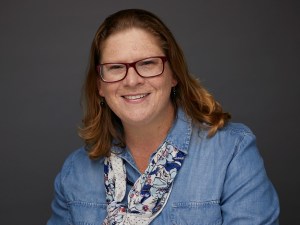

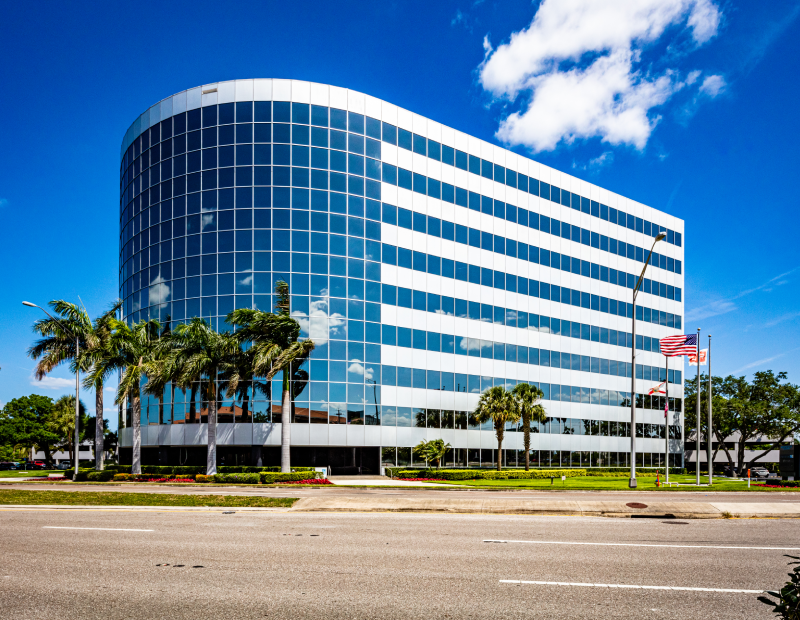
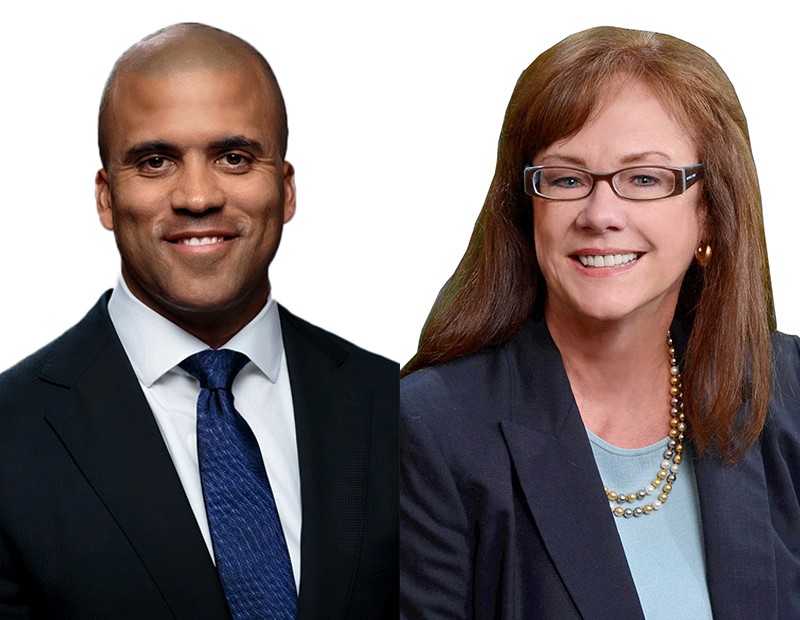
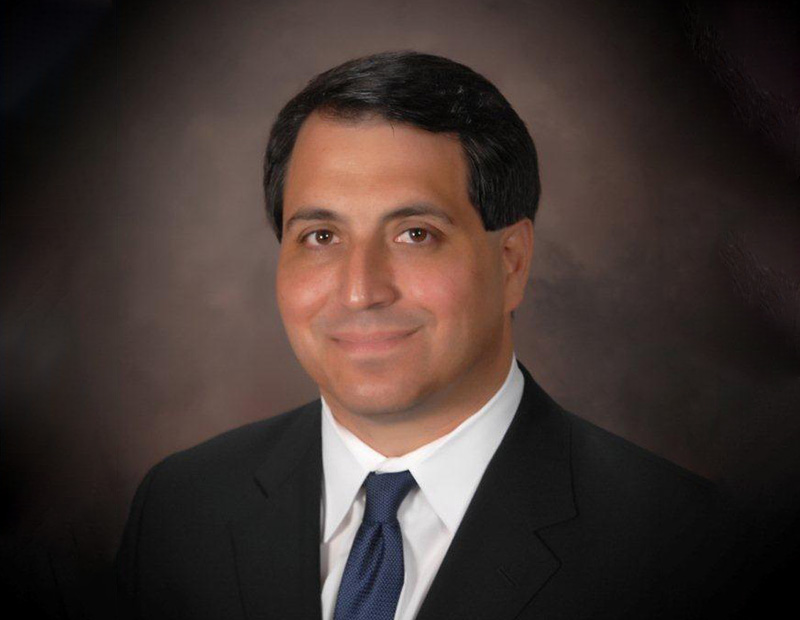
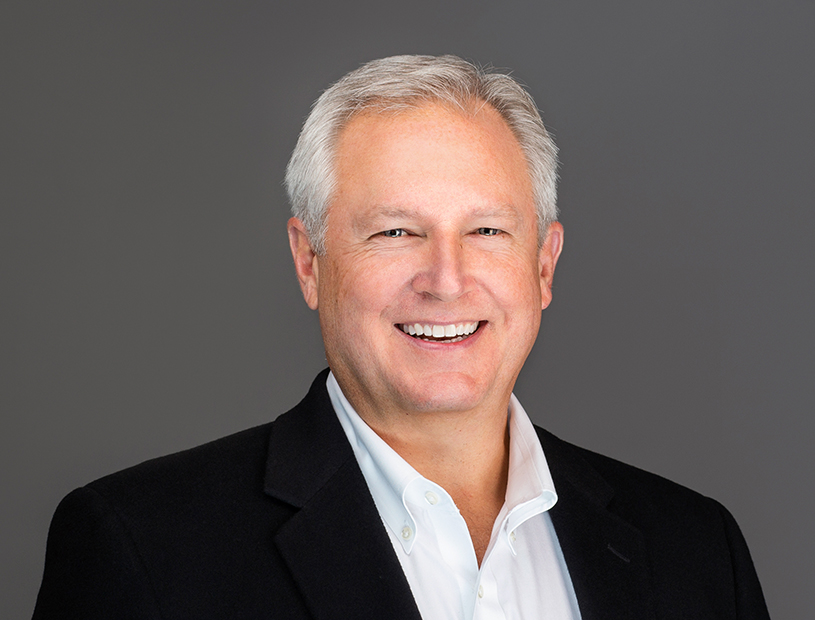

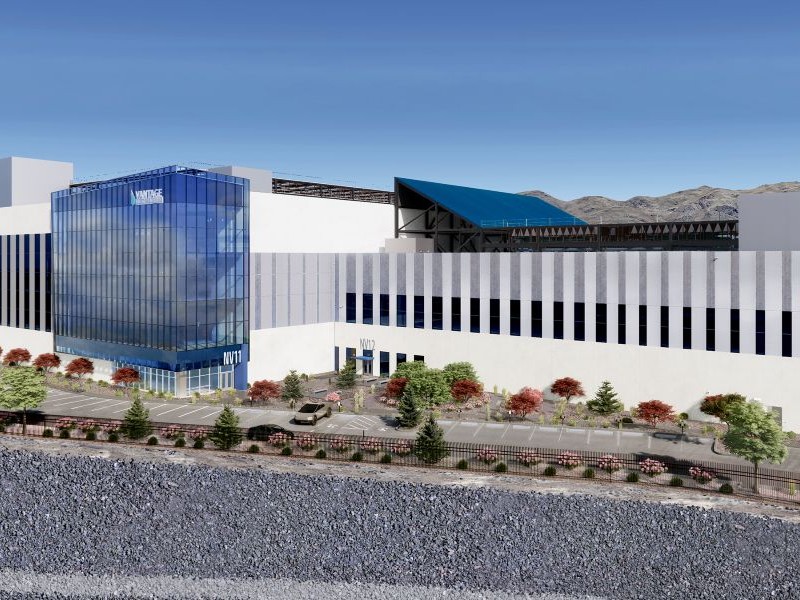
You must be logged in to post a comment.